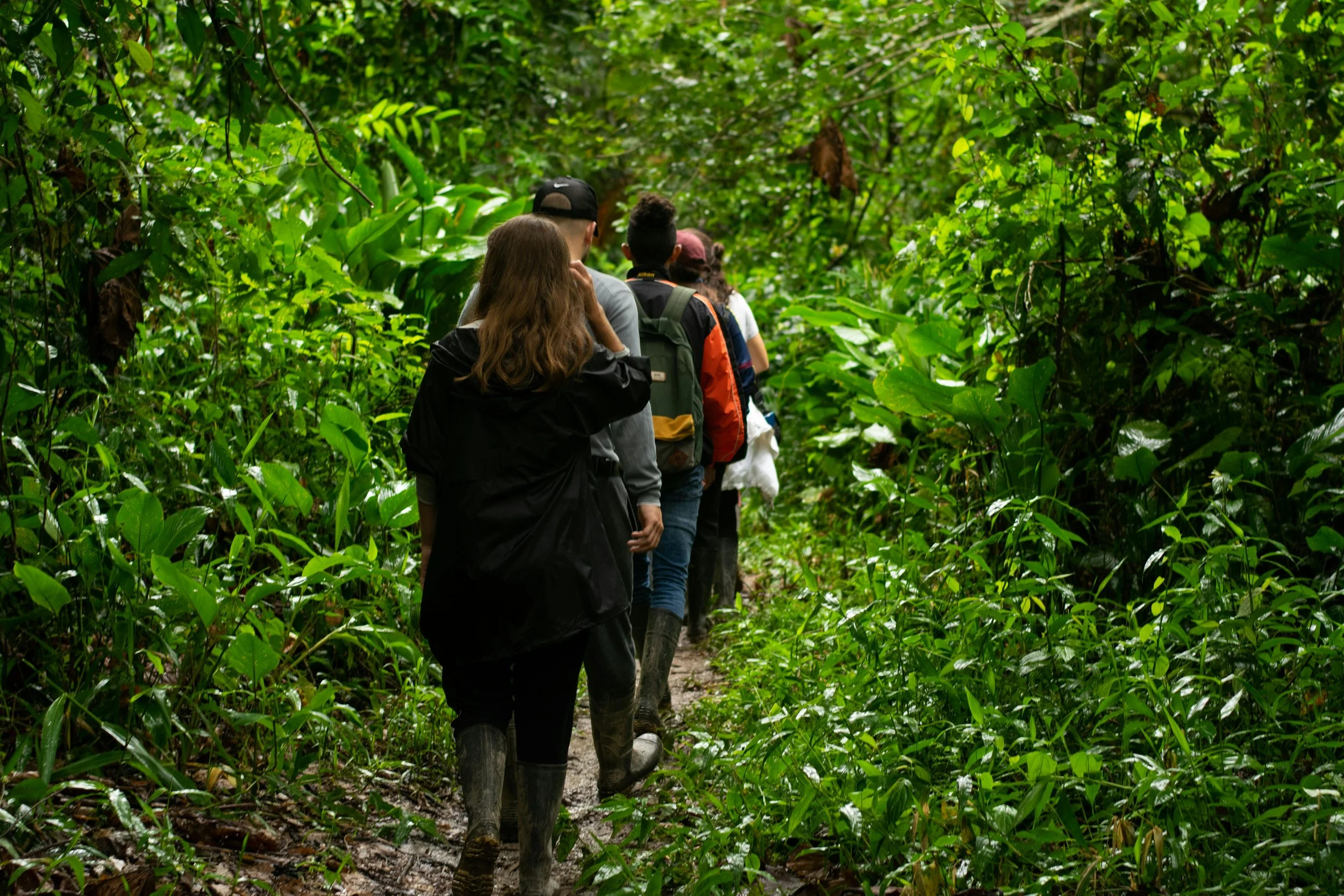Why Colombia Is Emerging as a Model for Regenerative Travel?
From biodiversity to community-led renewal, Colombia guides us beyond “sustainable tourism” toward regeneration — a path the conscious traveller can follow.
What does the future of meaningful travel look like? If we still picture buffets, selfies, and “tick-the-box” experiences, we’re missing a turning point. In recent years, Colombia has quietly begun to shift the conversation: from sustainable tourism (doing less harm) to a new paradigm of regenerative travel (doing good).
This matters now because travellers are asking different questions. They no longer want simply to visit nature or culture — they want to connect, help, restore. And destinations are increasingly recognising that tourism must benefit ecosystems, communities and visitors alike. Colombia’s recent momentum offers a case study in how this can work: bold strategies, community-based models, ecological integrity.
Why Colombia is leading the way?
Biodiversity, yes — but much more
Colombia is home to the highest rate of biodiversity per unit area of land in the world. That ecological richness sets the stage, but the real story is how it’s being leveraged. The article in Condé Nast Traveler highlights that Colombia now has 27 tourist destinations certified as sustainable — more than double what it had just a few years ago.
This is significant because it means standards are being applied, destinations are being held to account, and visitors have choices that can align with their values. It also means that nature isn’t just backdrop — it’s part of the offer, and part of the responsibility.
Policy and institutional shifts
In 2021, Colombia formalised its commitment to sustainable tourism with “Decree 646” and the “Tourism Sector Plan 2022–2026”, which frames tourism development as “in harmony with life”. This isn’t mere rhetoric. The plan covers energy transitions, circular economy initiatives, waste management, climate change adaptation in tourism-rich regions. The institutional footing matters: without it, even the best intentions fade.
By aligning public policy with the global goals (such as the United Nations World Tourism Organization’s work on tourism and the SDGs), Colombia is demonstrating leadership.
Community-led regeneration
A recurring theme in Colombia’s emerging tourism narrative is community empowerment. In formerly conflict-affected regions, rural communities have begun rewilding land, reviving cultural traditions and using tourism as a tool for reconciliation
This is important for regenerative tourism: the travellers and operators are not just spectators, but partners. When local people guide, craft the experience, define the value, then the tourism contribution becomes meaningful — not extractive.
Quality over quantity
Colombia is also embracing models of tourism that prioritise depth over mass. Smaller groups, immersive experiences, nature-based tourism with community engagement — all of these align with what the new traveller seeks. For example, nature-lodges limiting guest numbers, or bird-watching operations tied to ecosystem intactness. Vox
Such high-quality experiences often generate higher value for local communities (rather than a “race to the bottom” on price) and lower environmental footprint.
Authentic storytelling and purpose
Finally, the narrative matters. The Condé Nast piece suggests that Colombia isn’t only selling beaches or waterfalls — it’s selling possibility: travel that belongs, travel that heals, travel that regenerates.
At the heart of this is a philosophical shift: luxury isn’t just more, but more meaningful. Regenerative luxury values connection over consumption, legacy over fleeting pleasure.
What the travel-maker learns from this
If we step back, what does Colombia’s model teach us — and how does this align with what a brand like Nuna Sinsi stands for?
Systems-thinking matters: Tourism isn’t an isolated industry; it intersects with ecology, culture, policy, economy. Colombia shows us how integrating these layers gives resilience.
Regeneration over sustainability: Doing less harm isn’t enough when ecosystems are stressed and communities vulnerable. Regeneration means leaving better than you found it.
Travel can be contribution: For the conscious traveller, the destination becomes more than a photo op — it becomes an invitation to participate in renewal.
Luxury redefined: Presence, authenticity, purpose become the real markers of value. Genuine slow-luxury experiences aligned with place, story, and people feel more rare than opulence alone.
Place matters: Colombia’s diverse ecosystems and cultural richness mean travellers can go deep — to the páramo, to the Pacific coast, to indigenous territories. Regenerative tourism thrives in that layering of nature + culture.
When travel is designed not merely to enjoy, but to regenerate — ecosystems, communities, and ourselves — it becomes the most meaningful form of luxury.
Colombia teaches us that luxury travel grounded in purpose is not a contradiction, but an evolution. And the conscious traveller — the one seeking more than a “destination”, seeking a transformation — will lead this evolution.
Perhaps what we once called “the best vacation” will be redefined. A stay not in a generic resort, but in a place where you leave something behind: a stronger forest, a revitalised community, a richer version of yourself. Colombia is showing us how. And for those who seek more than memories — for those who seek legacy — the journey has just begun.
Will you travel to escape the world, or travel to help the world return to life?
References:
Condé Nast Traveler (2024). “Five Reasons Why Colombia Has Become A Model for Sustainable Tourism.” Condé Nast Traveler
Invest in Colombia (2023). “Sustainable tourism: a consolidating sector in Colombia.” Invest in Colombia
ProColombia (2024). “Page of home sustainability.” ProColombia
Flórez, M. (2025). “Sustainable Tourism Practices and Challenges in Colombia.” MDPI. MDPI
The Guardian (2025). “How ecotourism helped a small Colombian town recover from war.”


